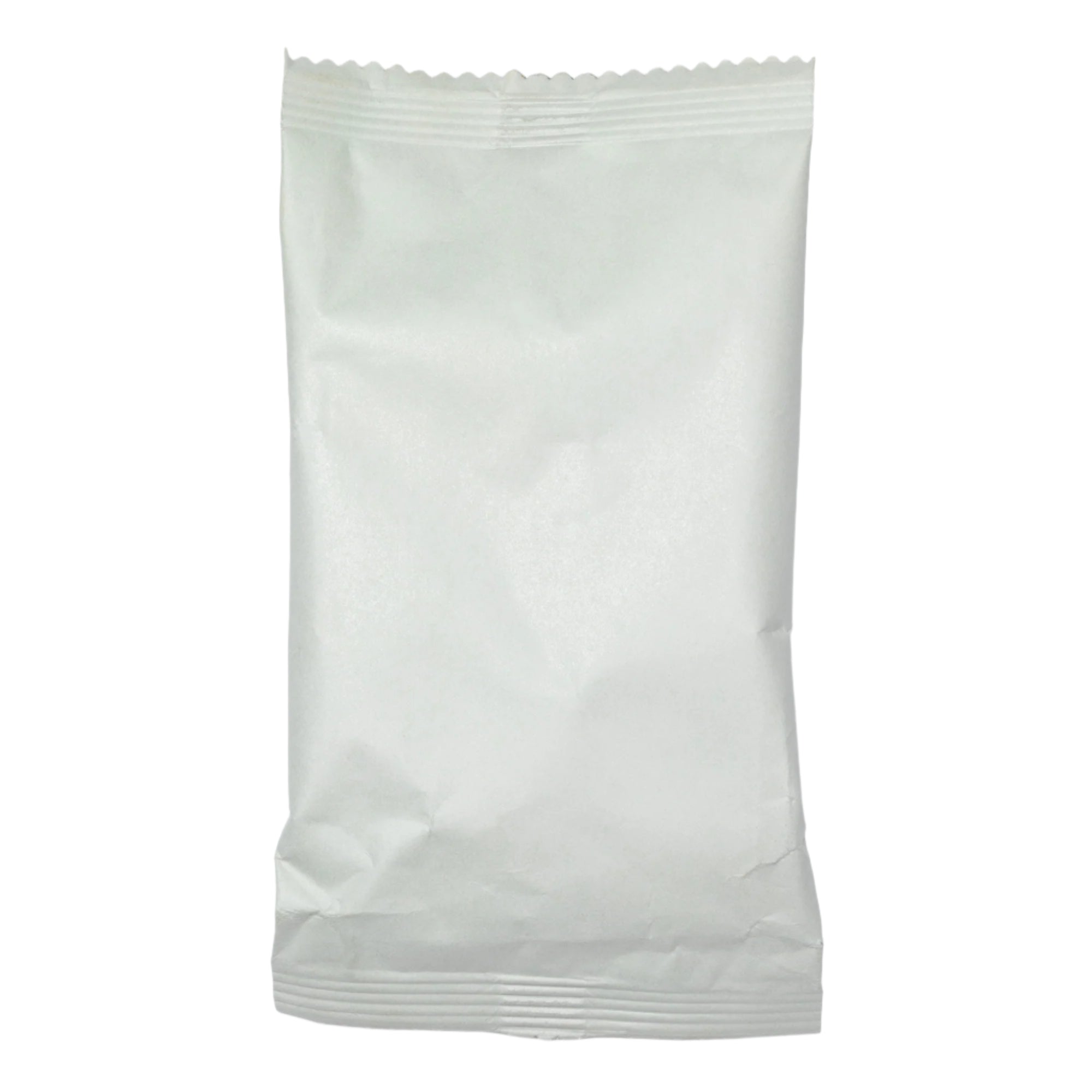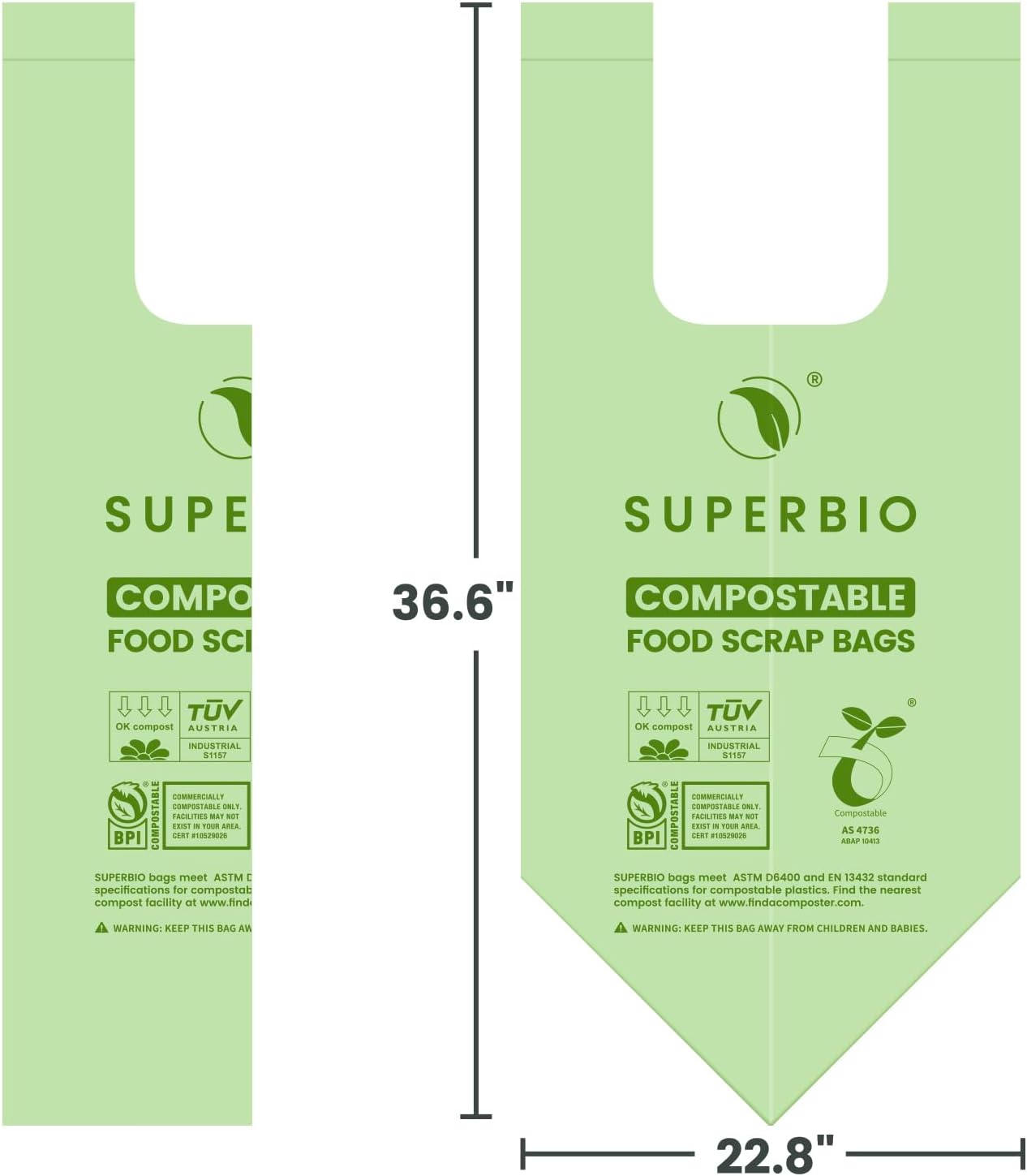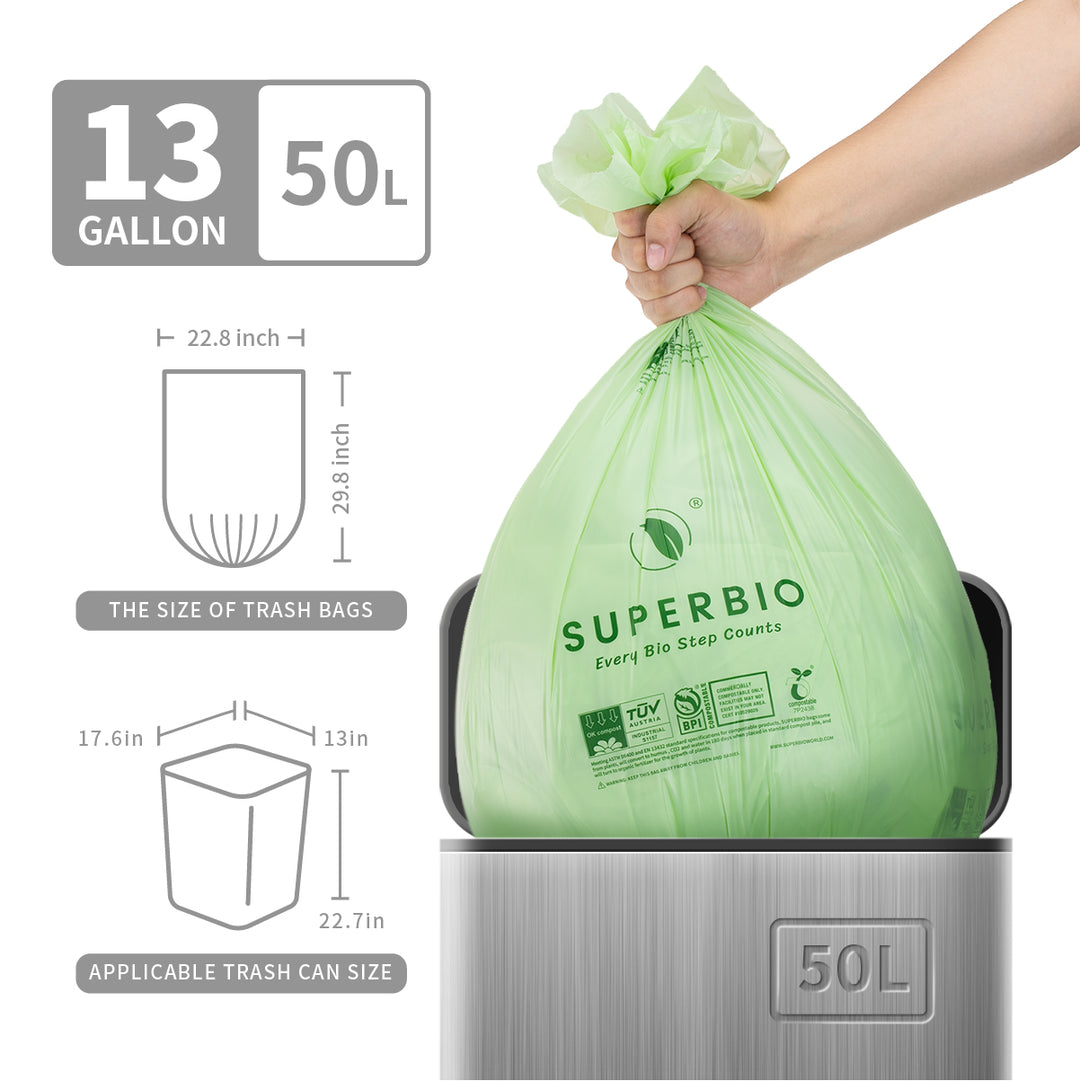Breakthrough Study Reveals Human-Like Voices Inside Sperm Whale Clicks
Sperm whales have long sounded to us like underwater typewriters. Sharp clicks. Simple patterns. Noise in the dark.
Now a new study suggests those clicks hide something far richer: vowel-like sounds, the same basic building blocks that shape human speech, according to research published in the journal Open Mind.

Sperm whales use complex codas to communicate.
A Slow Conversation Hiding Fast Patterns
The team focused on social groups of sperm whales off Dominica, where scientists have been recording family clans for years.National Geographic reports that more than a thousand recordings were fed into a custom machine-learning model to flag the most interesting vocal exchanges.
At normal speed, the “codas” — click sequences whales use to talk — sound like simple binary code. When researchers stripped out the silences and sped them up to match the pace of human speech, new acoustic features emerged. Those patterns lined up with sounds similar to the vowels “a” and “i,” Popular Science explains.

Researchers uncovered vowel-like sounds inside whale clicks.
Vowels, Diphthongs, and a Whale “Alphabet”
These vowel-like elements sit inside codas that were already known to carry complex structure. Earlier work with Project CETI mapped musical qualities in whale clicks — tempo, rhythm and tiny ornaments — and expanded the Caribbean clan’s known “phonetic alphabet” from 21 to more than 150 distinct codas, according to National Geographic.
The new study adds another layer. Researchers found consistent “a-codas” and “i-codas,” plus diphthong-like shifts where one vowel slides into another, much like the “oi” in “coin,” Popular Science reports. This pushes the system beyond simple on/off clicks and toward something more like a dimmer switch, with whales actively shaping frequencies in fine detail, according to SFGATE.

Whales appear to modulate frequencies intentionally.
Social Lives Written in Sound
These vocal tools sit inside intricate social worlds. Sperm whales live in clans that hunt, rest, and raise calves together. Young whales “babble” for years before they master adult codas, and different clans speak with distinct dialects, National Geographic notes.
The ability to lengthen or shorten certain vowels, prefer specific vowel types in particular codas, and glide between sounds could let whales layer extra meaning onto clan identity, group coordination, or family life, according to Popular Science. Project CETI’s biologists say these patterns suggest whales are modulating sound in structured, repeatable ways that likely matter deeply to their social bonds.

Machine-learning models helped detect hidden patterns.
What Happens If We Understand Them?
No one yet knows what any individual coda “means.” Assigning translations will require many more recordings, more powerful models, and close tracking of behavior in the moments whales speak, National Geographic reports.
But the discovery of vowel-like pieces in whale clicks is already shifting the stakes. UC Berkeley linguist Gašper Beguš has raised the question of what we owe animals whose communication begins to look more like language, SFGATE reports. Project CETI hopes that listening more closely to these deep-ocean conversations will feed a new wave of protection for sperm whales and the seas they inhabit.





























































































































































































































































































































































